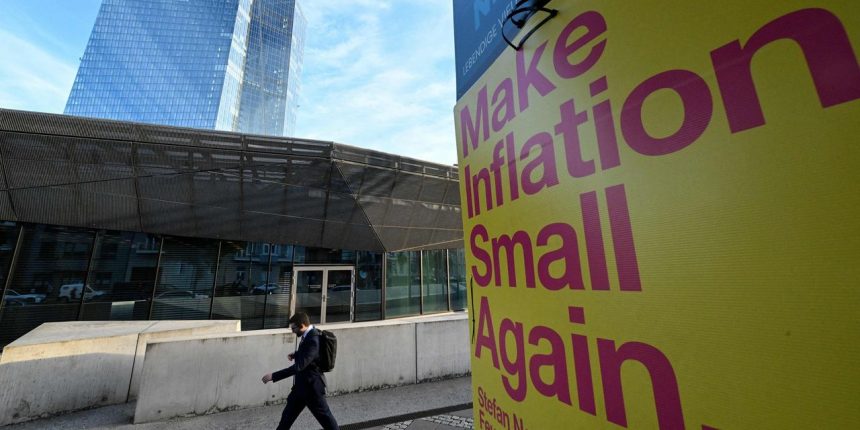The chief of the New York Federal Reserve said that a key U.S. interest rate is “at, or near, the peak level,” but borrowing costs will also have to remain high for “some time” to make sure inflation is quashed.
“Although inflation has come down from the peak reached last year, it is still too high,” New York Fed President John Williams said in a prepared speech. “We still have a ways to go to fully restore price stability.”
Williams was not able to deliver the speech in person because of an “urgent family matter,” the Fed said.
Williams said the Fed has made a lot of progress in its fight against inflation. He pointed to a big slowdown in the rising cost of goods as supply-chain bottlenecks were resolved.
The biggest challenge, Williams said, is making sure the cost of shelter and labor continue to ease. Rising home prices, rents and wages are largely driving the recent increases in inflation.
He noted that shelter costs have let up and the labor market is also cooling off. Still, he said, the Fed needs to see further slowdowns in both categories to feel assured that inflation is moving toward the Fed’s 2% goal. Inflation is now running about twice as fast.
Williams predicted the rate of inflation would slow to 3.25% by the end of 2023, 2.5% in 2025, and then “close in” on 2% in 2025.
To get there, Williams said, “I expect we will need to maintain a restrictive stance of monetary policy for some time.”
The Fed last week left its benchmark short-term interest rate unchanged at a range of 5.25% to 5.5%. It left open the door for another rate hike before year-end if inflation doesn’t slow further toward the Fed’s 2% target.
Not everyone is on board with another increase, however. Twelve of the Fed’s 19 governors and regional bank presidents predicted one more hike, but seven expect rates to stay at the current level.
In a surprise to Wall Street
DJIA,
senior Fed officials also predicted just two rate cuts next year instead of the four they penciled in in June. The forecast underscores their strategy of “higher rates for longer.”
Read: Fed predicts ‘soft landing’ for the economy — low inflation and no recession
Read the full article here




